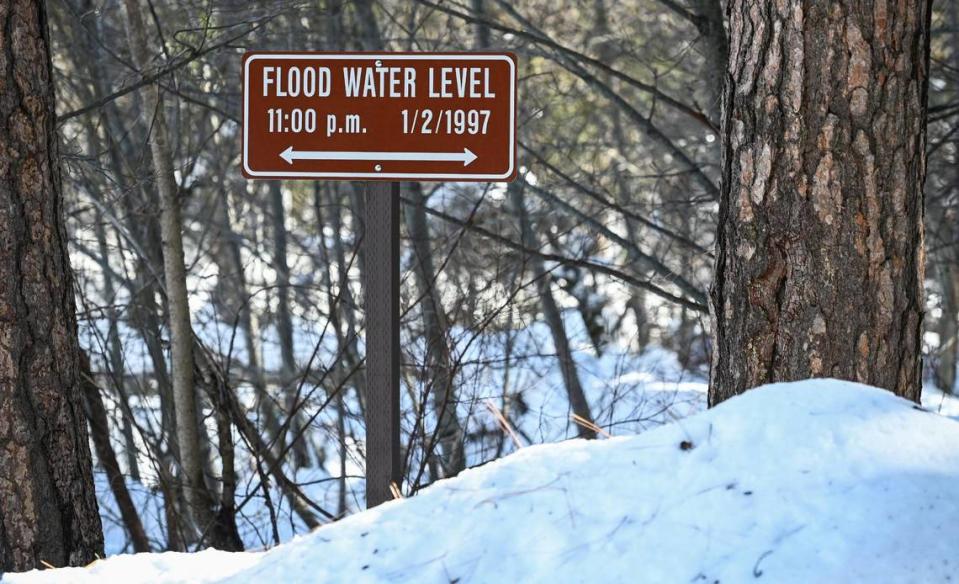High water, but no floods yet in Yosemite Valley. National park remains closed to guests
Yosemite National Park has been weathering storms, quite literally, since before the New Year.
A massive storm at the end of February dumped more than a dozen feet of snow in the higher elevations and closed the park in Central California to visitors.
It has yet to reopen.
An atmospheric river this past weekend brought more rain, and fears of flooding, as crews were still working to clear snow from roads, parking lots and buildings.
“It’s just one thing after another,” Yosemite spokesperson Scott Gediman told The Bee on Monday.
As it stands, the park has pushed any reopening until March 17 at the earliest and will be doing so incrementally, in phases, Gediman said. Meaning, not all of the lodging facilities, for example, will be immediately available.
Of course, the weather doesn’t seem to be letting up, either.
Another atmospheric river hit the area early Tuesday
“It’s setting up to be like the one from this weekend,” Gediman said.
“It just seems like it keeps coming.”
There was some concern going into the weekend that the warmer rainfall would cause flooding in lower elevations of the park, especially in Yosemite Valley. Something similar happened back in 1997, Gediman said.

But the snowpack this year is hard and so far, that has kept it from melting as quickly as it would otherwise. There was certainly some high water in area creeks, Gediman said, and water did get into a few buildings, but it wasn’t a huge amount.
“It wasn’t a flood.”
On Monday, the park was busy with crews continuing to dig out roads and parking lots and the walkways to hotels and employee housing. Trees, especially those in popular areas of the park, are being evaluated for snow loading that could cause them to fall. Propane and gasoline trucks could be seen coming into the Valley to refill generators. Sandbags were being filled and delivered.
“A lot of work still needs to be done,” Gediman said.

